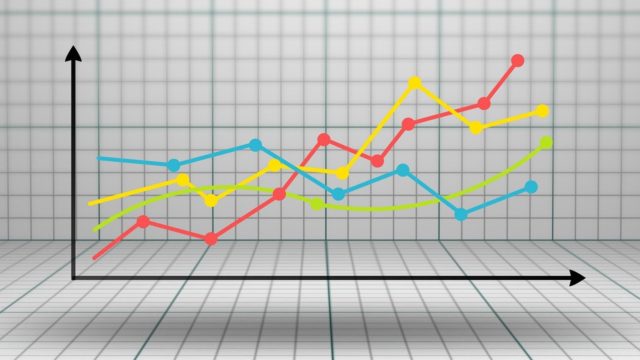

Json, Xml, Python Programming, Database (DBMS), Python Syntax And Semantics, Basic Programming Language, Computer Programming, Data Structure, Tuple, Web Scraping, Sqlite, SQL, Data Analysis, Data Visualization (DataViz) If you’re just starting out in data science, you should consider learning more about Excel to prepare for your future career. In addition to offering spreadsheet functions capable of managing and organizing large data sets, Excel also includes graphing tools and computing capabilities like automated summation or “AutoSum.” Excel also includes Analysis ToolPak, which features data analysis tools capable of performing variance, regression, and statistical analysis.Įxcel’s simplicity and versatility make it a powerful data analysis tool suitable for managing, sorting, filtering, cleaning, analyzing, and visualizing data.
#DATA GRAPH SOFTWARE SOFTWARE#
Microsoft Excel is one of the most common software used for data analysis. At the end, you’ll find a suggested course to help you gain the skills you’ll need to land an entry-level data analyst position.

Here, you’ll encounter some of the most common data analysis software, learn what each does, and discover why it matters. We’ve compiled seven essential data analysis software applications you should know as you begin your data journey. Some programs are specially designed for data modeling, and software visualizes data in bright colors and diagrams. Cloud-based data warehouses store huge amounts of business data. There are many software applications and tools available. That’s a lot of data that’s going to need to be sorted, cleaned, analyzed, and visualized. In fact, according to research conducted by Statista, the global volume of data created, captured, copied, and consumed is projected to reach 181 zettabytes by 2025.


 0 kommentar(er)
0 kommentar(er)
